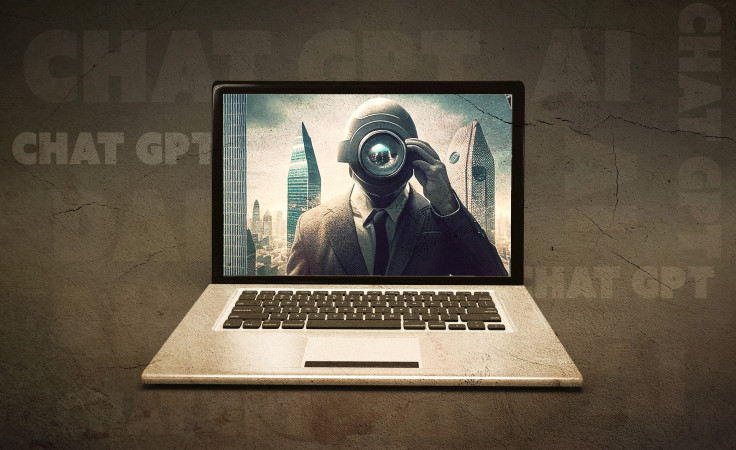Next-gen ChatGPT to have a human-like avatar, voice: report
It looks like future AI chatbots will not only have a human face but will also have a voice so people can hold a spoken conversation with them.

There are currently a lot of limitations when it comes to interacting with ChatGPT. However, future chatbots are expected to be more competent and all-encompassing. Aside from this, they will probably have human-like avatars that users can talk to rather than type and read messages.
Tech giants like Microsoft and Google have been working on their versions of conversation robots lately. In fact, the search engine giant unveiled a ChatGPT rival dubbed Bard last month.
At MWC 2023, Tom Guide's Automotive Editor Tom Pritchard spoke to an Israeli firm D-ID about the possibility of chatbots having avatars. D-ID has a reputation for creating digital people. The firm is currently working on adding more human-like features to AI chatbots and hoping to achieve this with the help of its new API.
ChatGPT might have a human face soon so that people will be more comfortable with AI. So basically, Ex Machina. Autonomous AI is basically here. And yes, they will be able to link to people through neurotechnology and engage in multi-sensory interactions.https://t.co/imOqoiFyFC
— Benedict Kim (@8enedictKim) March 5, 2023
The API will add real-time streaming capabilities to AI chatbots, allowing people to converse with them. This would be like speaking to a regular human. Notably, the chatbot's digital avatar will adopt text-to-video technology to speak in a human voice.
Alternatively, you can choose to type if you do not want to talk to a machine. Since D-ID's system is an API, it can be integrated into multiple services and apps, enabling businesses to offer their customers an opportunity to connect with virtual assistants on a more personal level.
D-ID CEO Gil Perry says humans aren't designed to hold conversations that only include text or audio. So, having a representation of a human face makes everything more natural. Aside from this, businesses can save a considerable amount of money by having an AI chatbot do these tasks since they don't need to hire actual people.
Future AI chatbots could have a human face
Even in their current state, AIs can handle various tasks, such as training employees and conversing with customers. According to Perry, AI's faceless nature can be one reason people are still sceptical and wary about them. So, people are likely to feel more comfortable talking to chatbots if they have a human face.
Pritchard witnessed several demos, including the integrated streaming capabilities of D-ID chatbots, at MWC 2023. While these avatars looked impressive in action, Pritchard claims even the most advanced had an uncanny valley effect, especially the speaking animations.
Furthermore, Pritchard says the avatars in action looked more like "random mouth flapping" rather than them trying to vocalise sound. Speech recognition and writing were also delayed as people tried to interact with the bot. Nonetheless, people could speak to the AI bot, which understood what they were saying and came up with a response without having them type anything.
It is currently unclear when these interactive AIs will be available to the public. D-ID plans to provide its API to enterprise users and businesses. However, considering the skyrocketing popularity of ChatGPT, we might see this tech in a more public space.
It is also worth mentioning that several AI-centric companies were at MWC, including some ChatGPT rivals that have been popping up lately. For instance, Microsoft recently introduced a chatbot with its new Bing and added AI-powered tools to its Edge browser.
Google's AI chatbot, Bard, uses the company's in-house large language model, LaMDA. It draws information from the internet to offer responses. According to the American tech behemoth, Bard will come in handy for tasks like comparing two Oscar-nominated movies, planning a baby shower, and even getting recipe ideas based on the ingredients in your fridge.
Facebook, Instagram, and WhatsApp owner Meta also has its sights set on AI. The company designed a language model called Galactica, which assists researchers and scientists with multiple tasks. According to Meta, the bot is trained on more than a whopping 48 million sources of scientific knowledge.
© Copyright IBTimes 2025. All rights reserved.






















